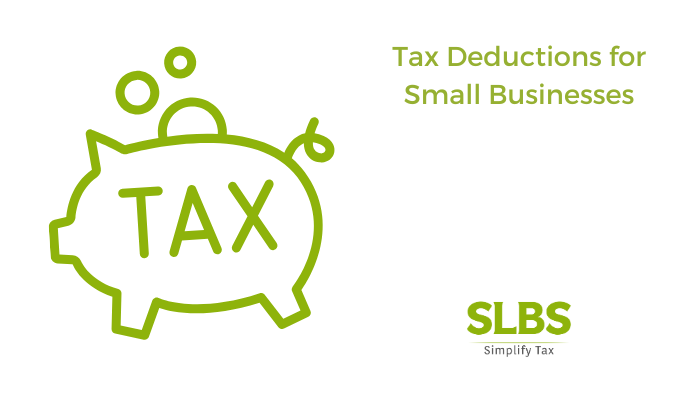What You Need To Know About Making Tax Digital
- Suzanne Lock Business Services

- Feb 10, 2022
- 3 min read
Updated: Apr 5, 2022
A simple guide for the self-employed and small businesses across the United Kingdom explaining the recent and upcoming move to fully paperless tax returns.

Making Tax Digital Explained
Making Tax Digital (MTD) is a step towards the future for UK business and self-employed workers. The government plans to make it mandatory for all tax returns to be completed digitally, with the aim of going completely paperless eventually. When this process ends keeping paper records will not satisfy tax legislation requirements.
HMRC claims it will help make things easier for individuals and businesses to get their taxes right and stay on top of their financial affairs.
The first phase of MTD came along in 2019 with Making Tax Digital For VAT. Businesses had to embrace the method of keeping digital records and using accounting software to complete their VAT returns.
Previous And Upcoming Deadlines
Instead of dropping it all on us at once, HMRC is making these changes a gradual process.
Things started with the April 2019 deadline for all businesses with a taxable turnover above £85,000 to embrace the new Making Tax Digital rules.
The next upcoming deadline is for April 2022 which makes all VAT registered businesses comply with Making Tax Digital.
After that, the changes will hit the self-employed in April 2024. All Self Assessment taxpayers will have to file digitally for their income tax, complying with Making Tax Digital. This change was due to come into effect in 2023 but the government delayed the regulations because of the COVID-19 pandemic.
How To Make Tax Digital
These changes only currently affect VAT registered businesses but as we previously laid out these rules will soon envelop all self-employed workers too. So now is a good time as ever to get to grips with digital record keeping and learning how to use digital accounting software.
VAT Registered Businesses
If a business has over £85,000 in taxable turnover, it now needs to keep digital records and send digital tax returns to HMRC.
If your business does not meet this threshold just yet, you can still sign up and make yourself tax digital. there is no legal obligation to do so just yet, though HMRC is recommending businesses make the changes before any deadlines are met, in order to be more prepared should you face any issues when it comes to filing your tax return.
August 2020 came with an announcement from HMRC that all businesses that are under the VAT threshold will too, have to comply with Making tax digital starting in April 2022.
These are the digital records you must keep:
Your business trading name and contact details
Company VAT number
Details of any tax schemes you are enrolled in
VAT on purchases and sales
returns and credit notes
time of supply (tax point)
reverse charge transactions details
These are the most common things to keep but the list is not exhaustive. Any business will have to keep records of anything that will affect the VAT return for that particular accounting period.
Compatible accounting software should be used to keep your records and file your returns. All records still need to be kept for at least six years in case HMRC decide to audit your business.
Sole Traders
Self-employed workers have a few more years to get ready for the eventual move to digital self-assessment tax returns. New regulations will be adopted in April 2024 and will apply to self-employed workers and landlords that make over £10,000 per year.
Just like VAT registered businesses, sole traders will have to adopt habits that record all of their comings and goings using digital means.
We Can Help
Here at Suzanne Lock Business services, we have been using digital tax and accounting software for years. We are experts in the field and look forward to helping our clients, both new and old in making the step to completely paperless records.
If there is anything we can do to help you and your business get ready for Making Tax Digital please give us a call, we have the solutions.




Comments